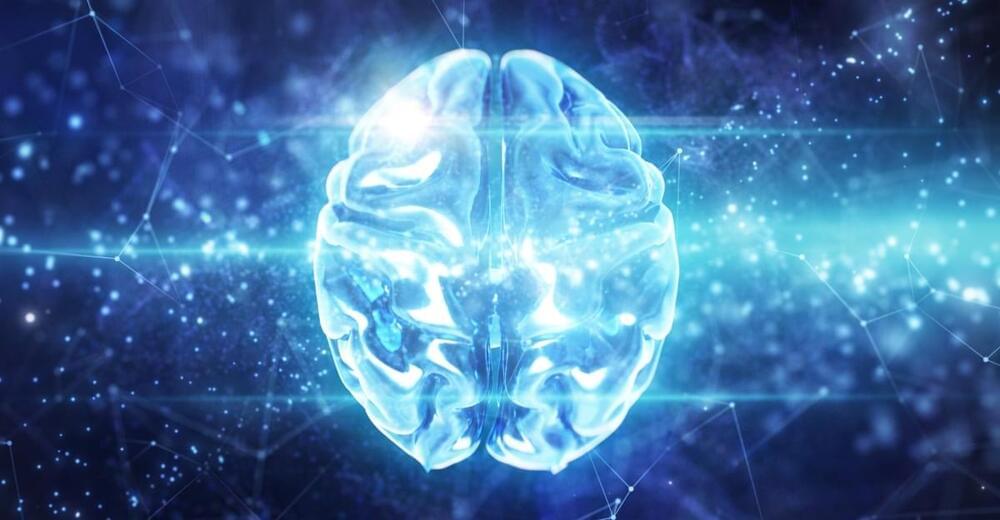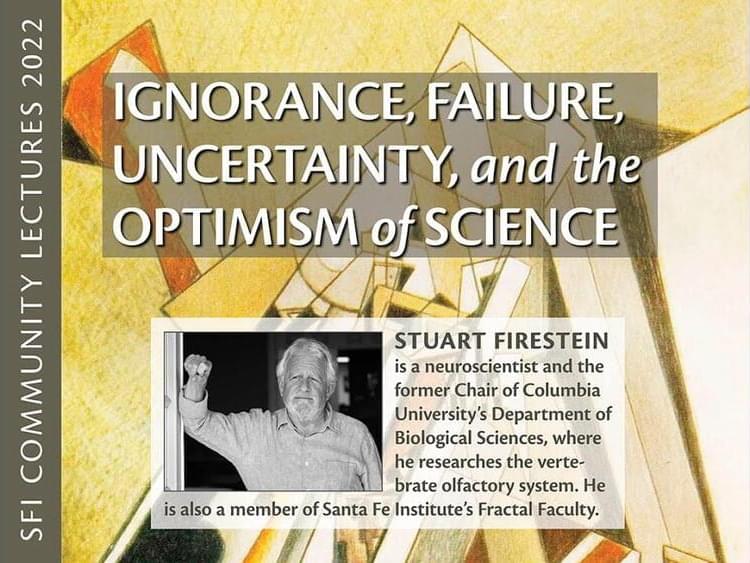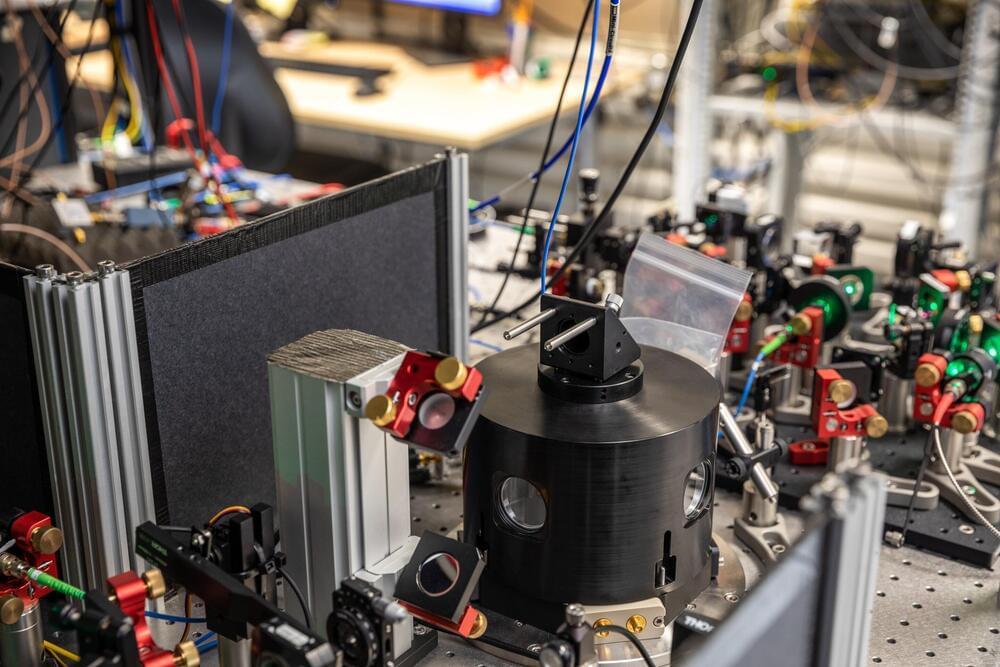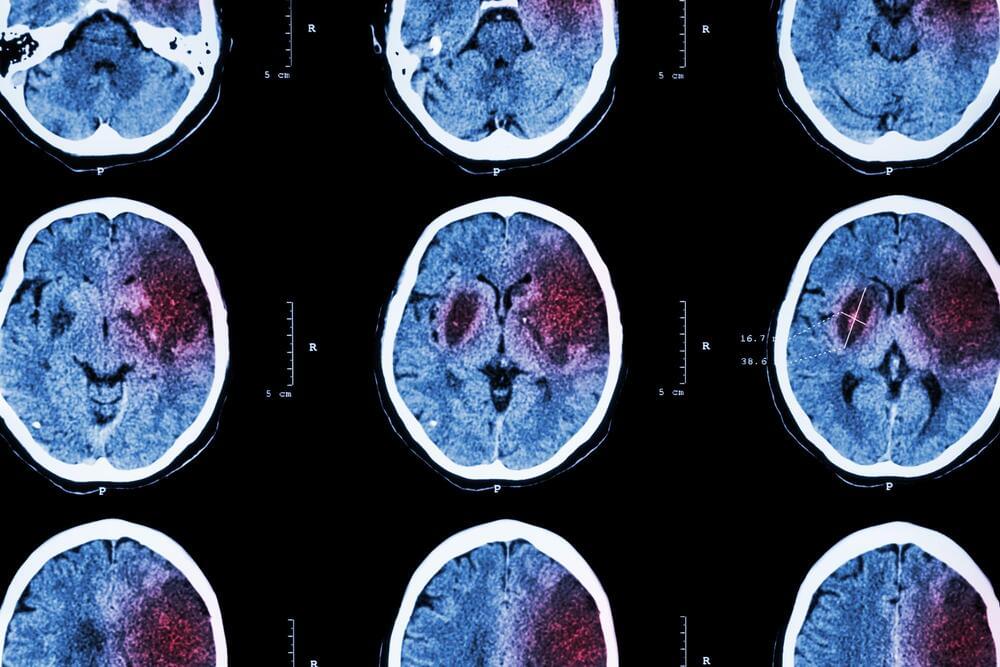Today, AI can take control of characters in Minecraft. Soon, it could help you control your whole computer.
By 2025, the World Economic Forum estimates that 97 million new jobs may emerge as artificial intelligence (AI) changes the nature of work and influences the new division of labor between humans, machines and algorithms. Specifically in banking, a recent McKinsey survey found that AI technologies could deliver up to $1 trillion of additional value each year. AI is continuing its steady rise and starting to have a sweeping impact on the financial services industry, but its potential is still far from fully realized.
The transformative power of AI is already impacting a range of functions in financial services including risk management, personalization, fraud detection and ESG analytics. The problem is that advances in AI are slowed down by a global shortage of workers with the skills and experience in areas such as deep learning, natural language processing and robotic process automation. So with AI technology opening new opportunities, financial services workers are eager to gain the skills they need in order to leverage AI tools and advance their careers.
Today, 87% of employees consider retraining and upskilling options at workplaces very important, and at the same time, more companies ranked upskilling their workforce as a top-5 business priority now than pre-pandemic. Companies that don’t focus on powering AI training will fall behind in a tight hiring market. Below are some key takeaways for business leaders looking to prioritize reskilling efforts at their organization.
❤️ Check out Fully Connected by Weights & Biases: https://wandb.me/papers.
📝 The paper “Human Dynamics from Monocular Video with Dynamic Camera Movements” is available here:
https://mrl.snu.ac.kr/research/ProjectMovingCam/MovingCam.html.
Stuart Firestein Science is a fundamentally optimistic enterprise. More than a cheery disposition, it is the source of a philosophical outlook that we might call ‘optimistical’. It reliably produces fundamental and actionable knowledge about the world. We are able to take for granted, in a way even our recent ancestors never imagined, the idea of progress. The engines behind science, surprisingly, are ignorance, the unknown, failure, and, perhaps most vexingly, uncertainty. In recent decades, science has undergone a change in perspective and practice — from viewing the universe like a clockwork regimented by laws and formulas to recognizing it as irreducibly complex and uncertain. Perhaps counter intuitively this has freed science to exploit previously unimaginable possibilities and opportunities. It has led to a deeper understanding of the nature of things and to the production of technologies such as lasers, microchips, the internet, genetics, and many more. And yet socially and societally we remain mired in a 19th century view of deterministic science. We might instead learn to revel in the adventure of navigable uncertainty and take advantage of the creative opportunities of a world where we can confidently say ‘it could be otherwise’. Possibility of this sort is the rarest and purest form of optimism. Stuart Firestein is a neuroscientist and the former Chair of Columbia University’s Department of Biological Sciences, where he researches the vertebrate olfactory system. He is also a member of SFI’s Fractal Faculty.
A new bioprinter is proven to work in space. Researchers demonstrated they could 3D print human tissue cells on the International Space Station.
Researchers in Delft have succeeded in teleporting quantum information across a rudimentary network. This first of its kind is an important step towards a future quantum internet. This breakthrough was made possible by a greatly improved quantum memory and enhanced quality of the quantum links between the three nodes of the network. The researchers, working at QuTech—a collaboration between Delft University of Technology and the Netherlands Organization for Applied Scientific Research (TNO)—are publishing their findings today in the scientific journal Nature.
The power of a future quantum internet is based on the ability to send quantum information (quantum bits) between the nodes of the network. This will enable all kinds of applications such as securely sharing confidential information, linking several quantum computers together to increase their computing capability, and the use of highly precise, linked quantum sensors.
Most treatments for strokes aim to help reduce or repair damage to affected neurons. But a new study in mice has shown that a drug already in use to treat certain neurological disorders could help patients recover from strokes by getting undamaged neurons to pick up the slack.
An ischemic stroke occurs when a blood vessel blockage interrupts blood flow to the brain, causing neurons to die off. Survivors can suffer impaired fine motor control and speech, and other disabilities, for which long-term rehabilitation is often required.
Logically, many treatment options in development focus on minimizing or reversing damage to neurons, using things like stem cells, anti-inflammatory drugs, injectable hydrogels, or molecules that convert neighboring cells into neurons.









